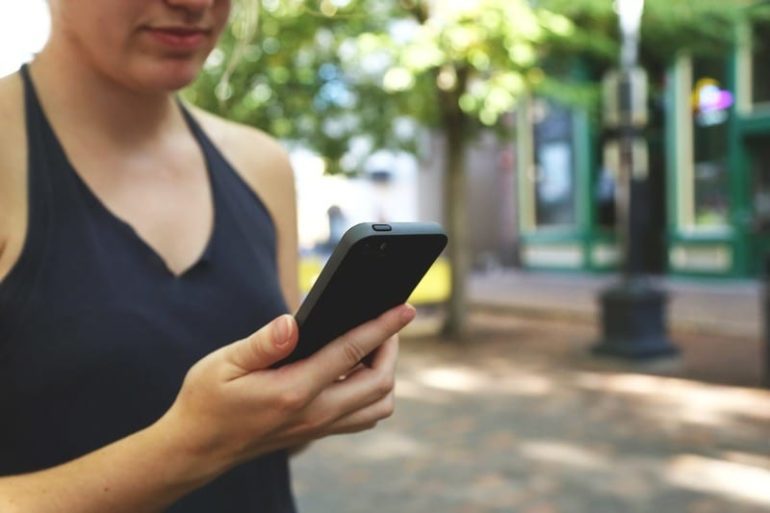When your cell phone loses network connection, you’ll instinctively raise your device to the sky. Would you really get better cell reception doing so?
Whether you’re out in the woods, at a festival, or inside a building, losing mobile signal may be inevitable in many instances. Although many swear by the power of raising your mobile device to get much-needed reception, does it really work?
Debunking a Myth
It isn’t certain when this common habit started, but tech experts think raising your arms just won’t work. A computer engineering professor at Rice University explains that cell reception is evenly distributed all around us — lifting your device won’t change the reception whatsoever. Walking around can, however, fetch you more network bars, especially when you’re in the metropolis.
It’s important to note that a bad connected may result in cities because buildings often impede a signals ability to reach your device. If you’re familiar with the location of the nearest cell tower, walking a few feet toward an open, unobstructed space can significantly improve the signal’s reach to you.
More Tricks to Improve Cellular Reception
Instead of you raising your arms in search of your mobile service provider’s signal, we suggest you try the following:
Turn to Wi-Fi.
It’s not rare to find smartphones permitting Wi-Fi calling and SMS these days. In fact, this feature is supported by all major cell carriers in the U.S. Not to mention that countless messaging apps will let you do audio and video calling over Wi-Fi. If the cell reception at your current location is bad but you have access to a stable Wi-Fi stream somewhere, use the Wi-Fi connection.
Move to a different location.
Network reception may fluctuate in various parts of the same building; so, try roaming around a bit.
You’ll likely get better reception moving to another part of the same office or home. For starters, try moving near windows as they won’t block the signal as much as a wall might. Open windows are your best option in such cases, because glass may reduce reception to some extent. That is especially true for Low Emission (Low-E) windows.

Stay put when using a cellular network.
“But you just said!” Well, it’s a Goldilocks situation: while you SHOULD roam around in search of the elusive mobile network reception, DON’T move around TOO MUCH or TOO FAST. Do so and your device and the local network will be constantly adjusting to your ever-changing location. It’s more difficult to get a proper hold of strong signals that way. Go to one location and stay for a while before you move on to try the next spot.
Switch between 2G, 3G, 4G, and LTE.
FACT: Different networks will have varying reception strength at a specific location. It pays to have an unlocked phone because then you can easily switch between networks and assess which one has the clearest signal where you are. Nevertheless, how you switch between networks may be a little different for various carriers and phone models. As a start, navigate to Settings > Networks and look for the option that lets you switch to 2G, 3G, 4G, or LTE connectivity.
Remove your phone’s casing.
A clunky protective casing doesn’t just cramp your style, it hinders your signal. A case can block the surrounding cell signal, preventing it from reaching the phone’s antenna. Just check the dB reading in a place and then remove the case. You’ll likely see a difference.
Walk a few feet, use the Wi-Fi connection, or remove your phone’s casing. Just don’t raise your arm (and subsequently your phone) to the sky— that won’t help, and now you’re at risk of dropping your case-less phone from even higher.


